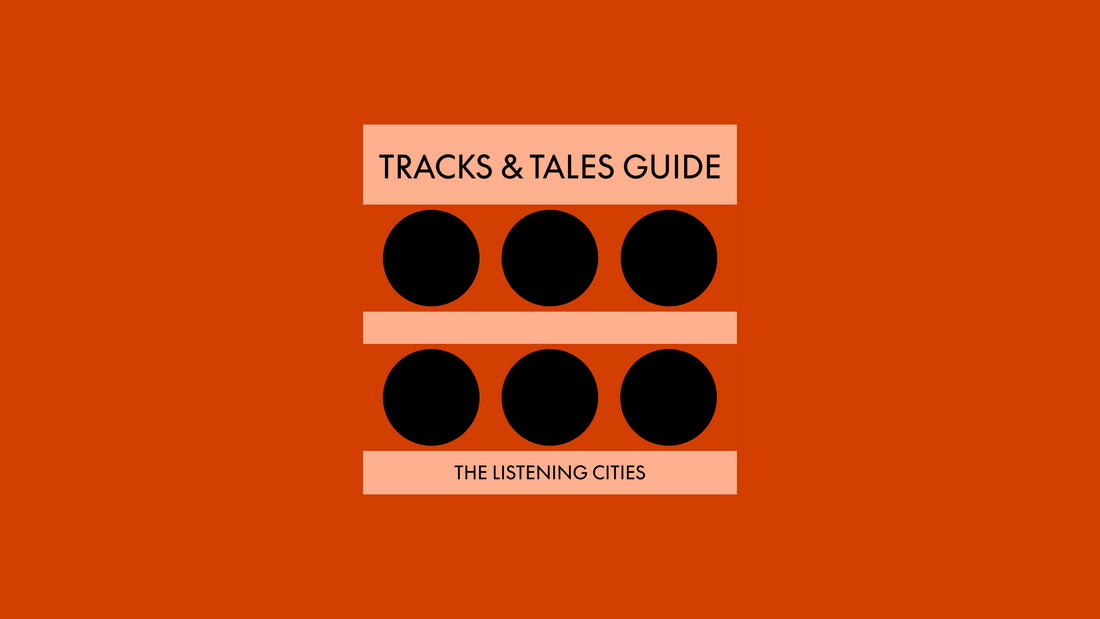
Mexico City: Listening Bars — Tradition, Experimentation, and Sonic Warmth
By Rafi Mercer
Mexico City moves with rhythm. The marimba in public squares, the sonidero sound systems flooding neighbourhood block parties, the mariachi bands pacing Plaza Garibaldi, the corridos drifting from taquerías. It is a city where music is not just culture but oxygen. Against this backdrop, the rise of the listening bar feels both inevitable and revelatory: inevitable because the love of sound has always run deep here; revelatory because it reframes nightlife away from noise toward intimacy, from excess toward detail.
The inspiration came from Tokyo, but Mexico City has translated it with its own vernacular. Where Japan offered precision and ritual, Mexico adds warmth, sociability, and a sense of experiment. Listening bars here are less cloistered temples and more convivial salons — part audiophile shrine, part cantina, part cultural lab.
One of the pioneers is Departamento, a rooftop venue in Roma Norte that combines art, design, and deep sound. Its hi-fi sessions, often curated by local DJs with global reputations, established a precedent: vinyl treated with reverence, a system tuned for clarity, a room designed to feel both intimate and alive. Casa Franca, with its warm interiors and jazz heritage, extends the lineage, while Le Tachinomi Desu nods directly to Tokyo’s kissaten tradition, reinterpreted with mezcal and Mexican hospitality.
Elsewhere, the scene diversifies. Lago Algo, on the edge of Chapultepec Park, incorporates listening culture into a broader arts programme, blurring the line between gallery and bar. Yu Yu, better known as a micro-club, hosts audiophile sessions that shift the energy from dancefloor to focused listening. Even coffee shops and design studios across Roma and Condesa have begun to install serious hi-fi systems, signalling how deeply the idea resonates.
The character of Mexico City’s listening bars is shaped by warmth and experimentation. The rooms are social, not austere. Friends gather around vinyl as they would around a meal; mezcal flows as readily as conversation. Yet the sound is never compromised. Horn speakers, tube amplifiers, and carefully placed subwoofers create an enveloping field — bass rich but not overwhelming, mids glowing with warmth, highs softened to a tactile shimmer. The atmosphere is alive, not hushed, but every record still commands respect.
Globally, Mexico City’s listening bars are important because they show how the model adapts outside of Asia and Europe. Here, it finds a home in a city already fluent in ritual and music. The listening bar in Mexico City is not just an import; it is a continuation of street sound culture, jazz cafés, cantina gatherings. It positions fidelity not as elitism, but as inclusivity — a space where everyone can hear more clearly, together.
Sit in one of these bars at night, a glass of mezcal warming your hand, as a Fela Kuti groove blends into a Los Angeles lowrider soul cut, and you understand the power of Mexico City’s approach. It is not about silence, not about austerity, but about intensity of presence. In a city of constant rhythm, these rooms remind you to listen not louder, but closer.
Rafi Mercer writes about the spaces where music matters. For more stories from Tracks & Tales, subscribe here, or click here to read more.














